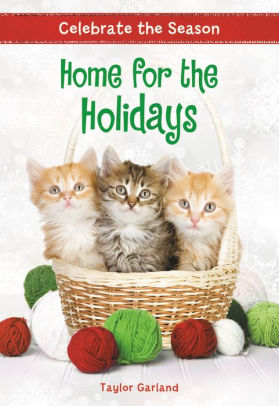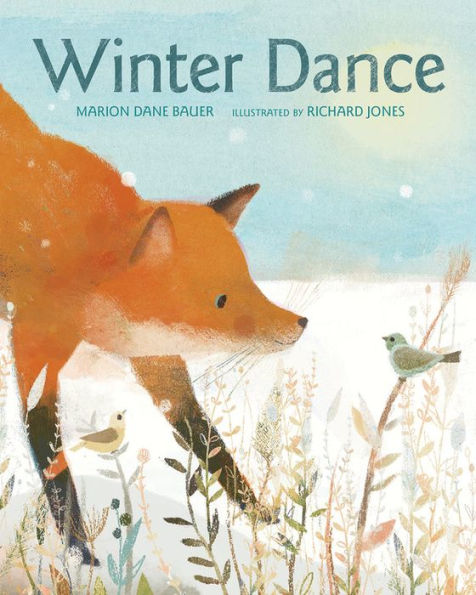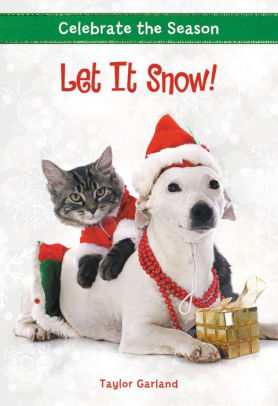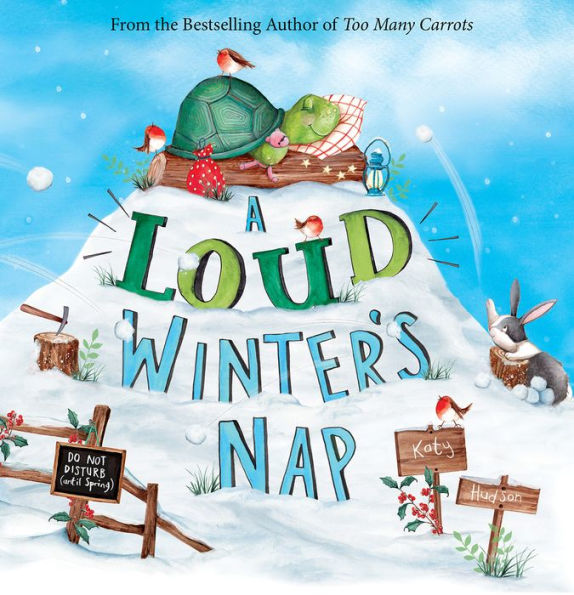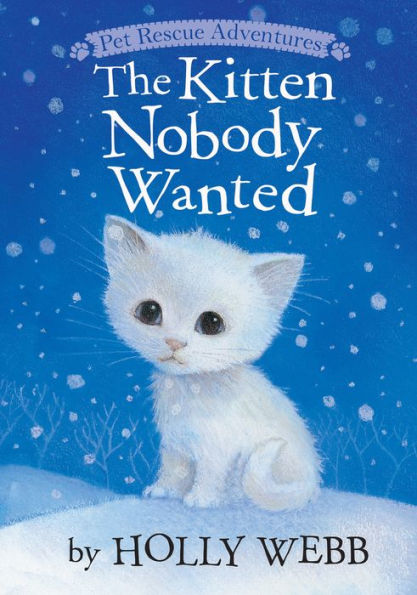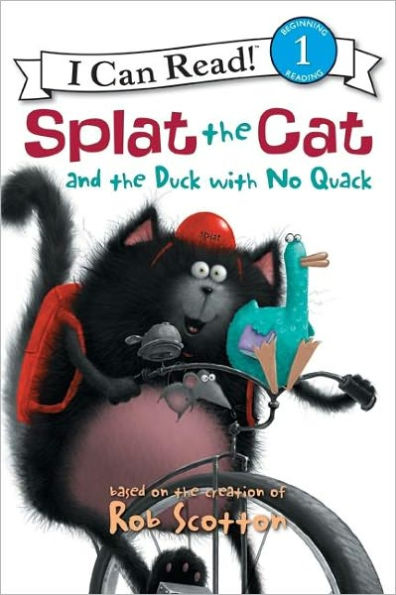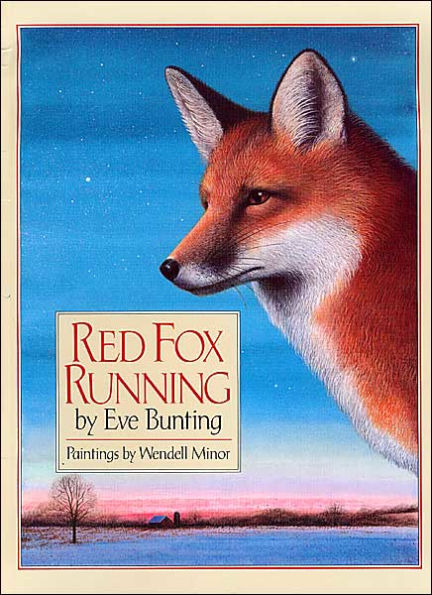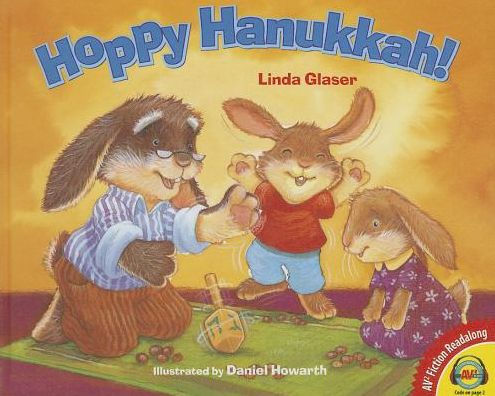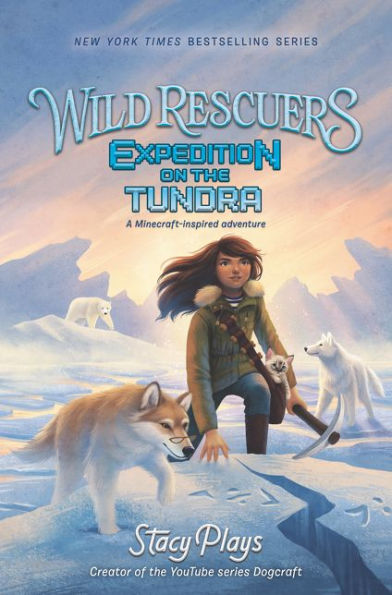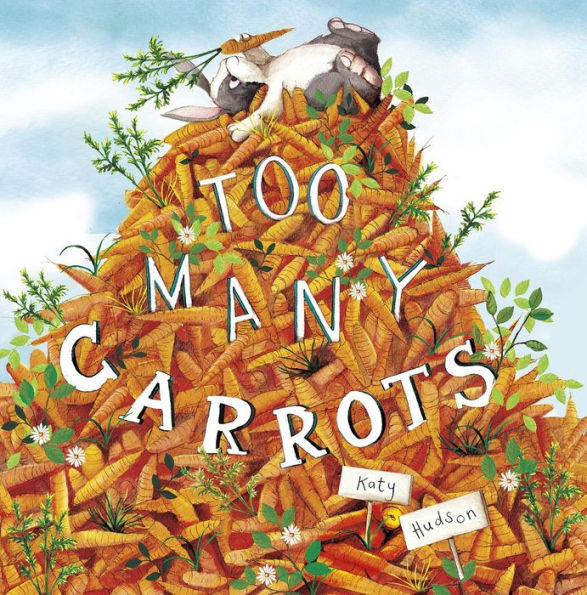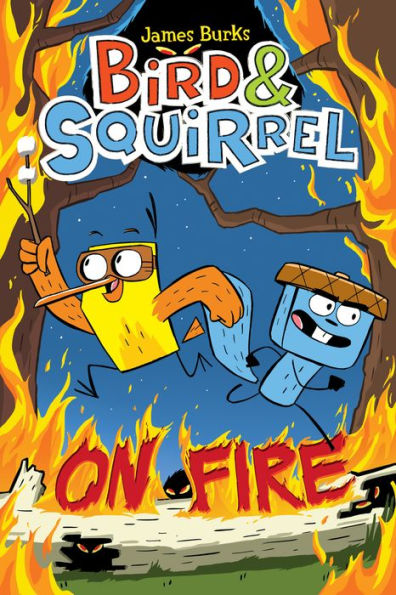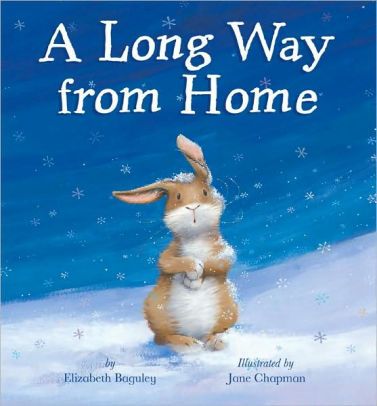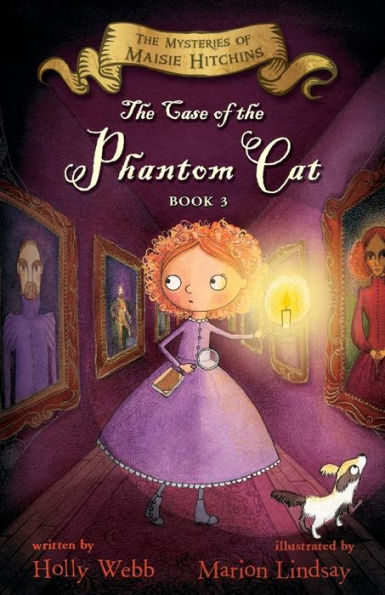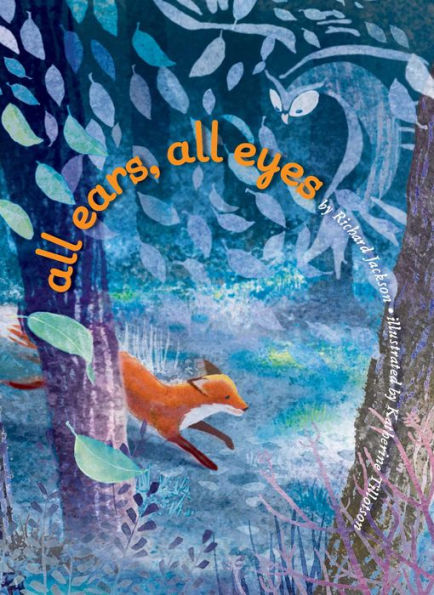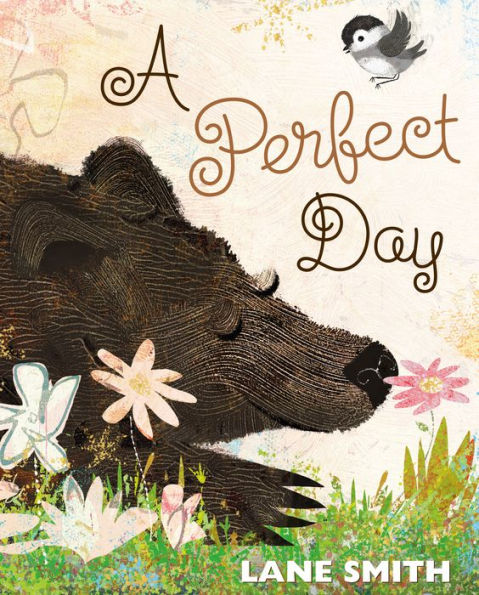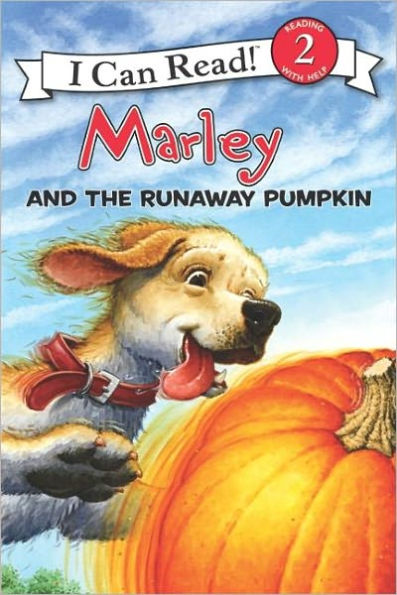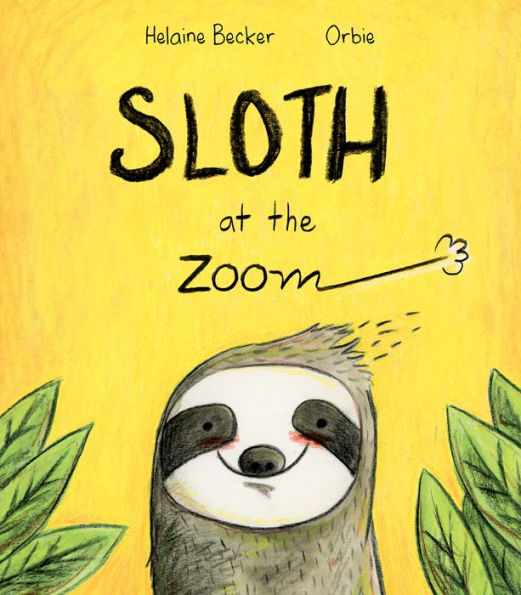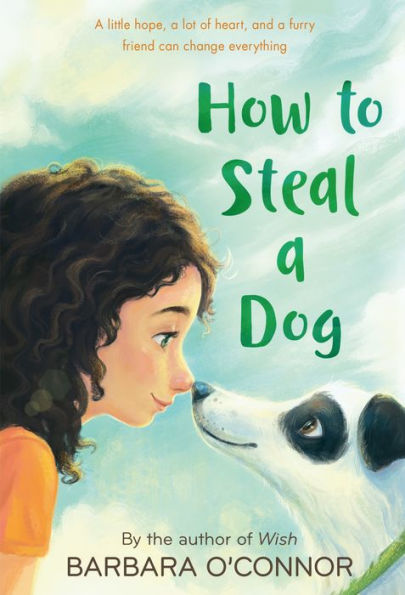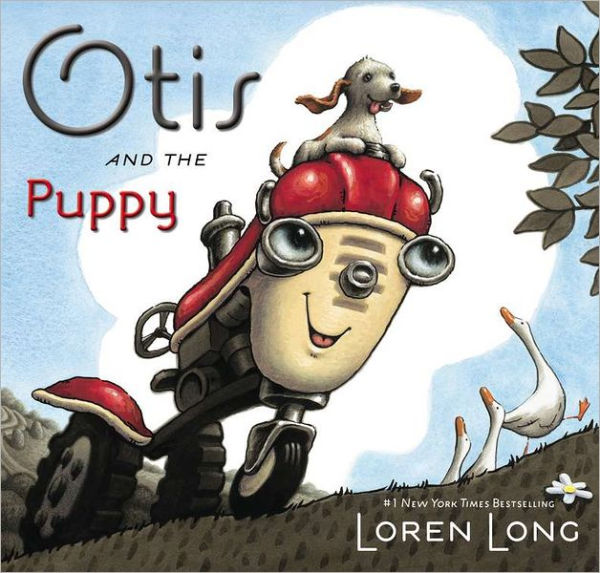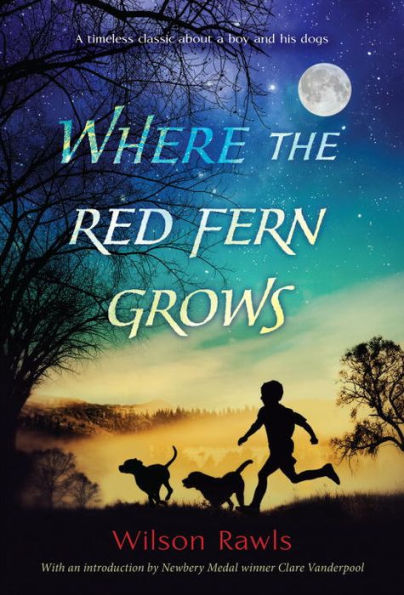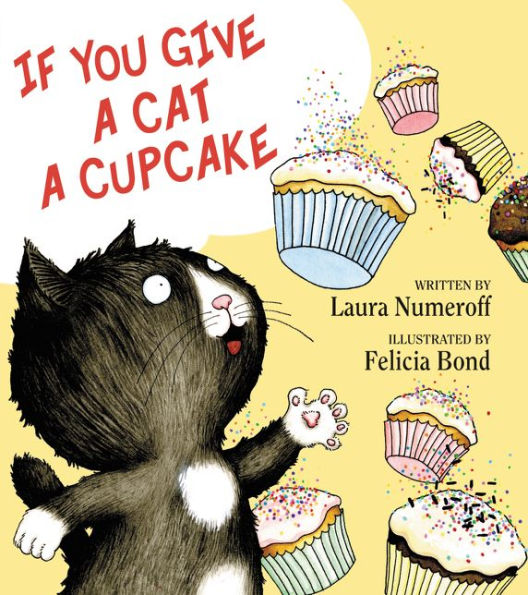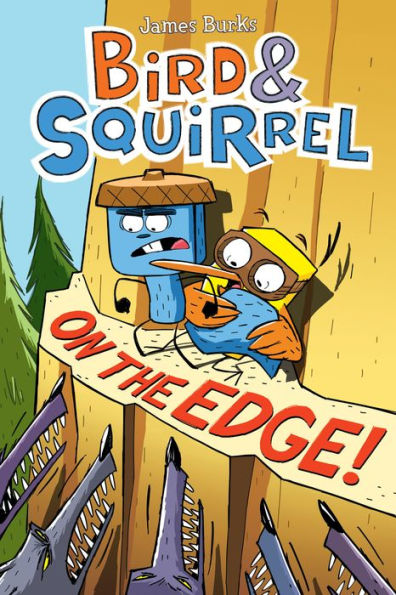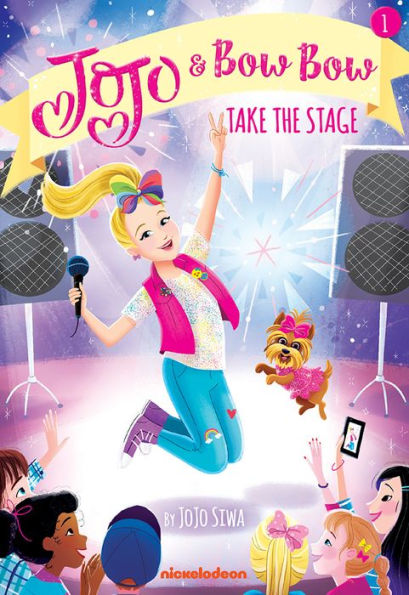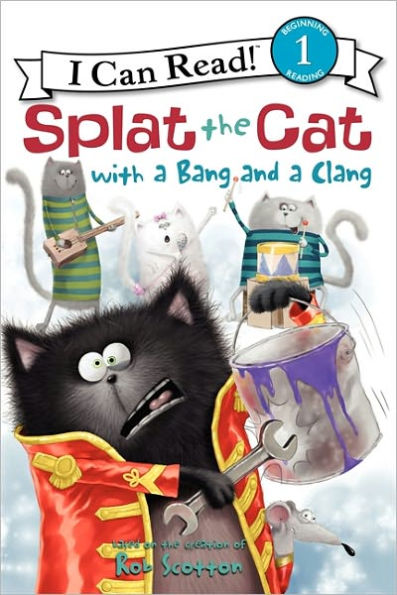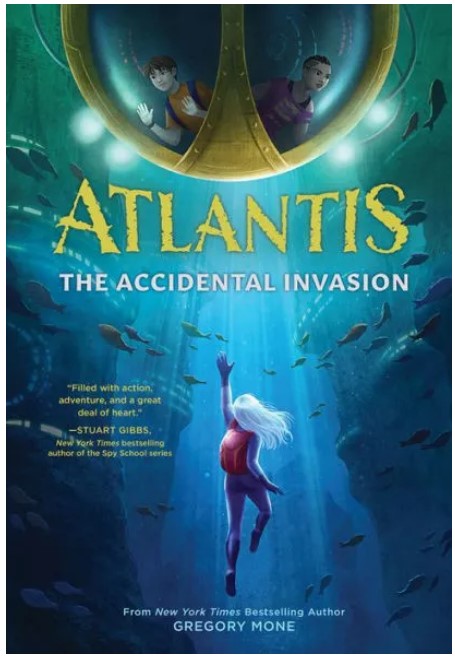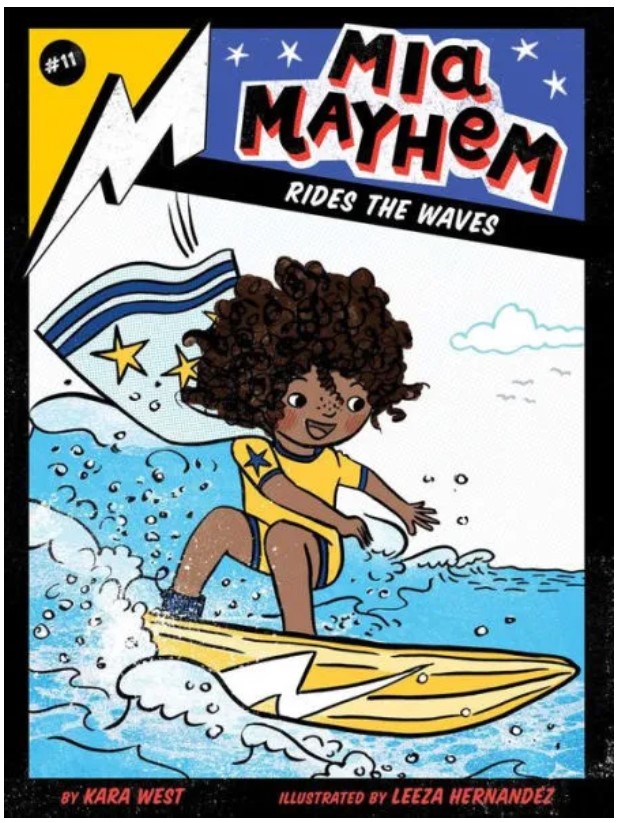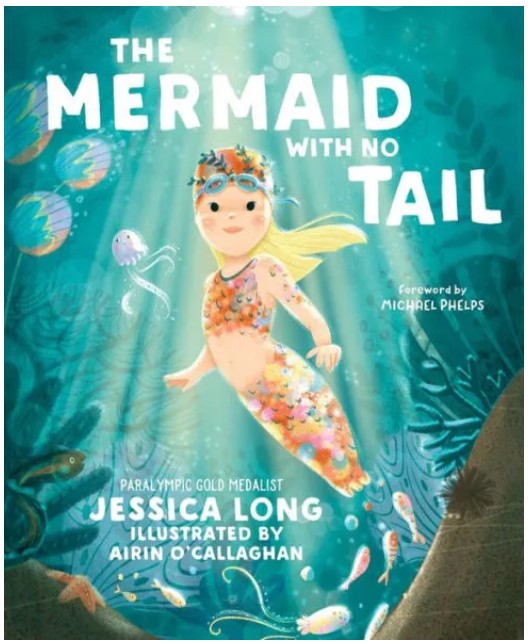Christmas is coming, but this year feels different for Alyssa Sing. Not only is she in Florida instead of the snowy Northeast, but Alyssa misses having good friends like she did in her knitting club at her old school. Things seem to look up at the Palm Meadows Holiday Festival when Alyssa meets Rachel, Elle, and Becca, who all show an interest in Alyssa’s homemade scarves. But trouble arises when Alyssa finds out her new friends used to be friends with each other. . . but aren’t anymore. While Alyssa is glad to have Dasher, a mysterious cat that appears in her backyard, to confide in as she navigates her new school, she can’t help but wonder: Will Florida ever feel like home?
Alyssa doesn’t mean to worry, but she does worry a lot. She especially worries about making new friends. When Alyssa first meets Elle and Rachel, she is excited to finally be on her way to having friends. And when Alyssa meets Becca, she’s hopeful that Elle and Rachel will be excited to include Becca in their friend group. When trouble starts, Alyssa gets good advice from both her mother and her brother. Alyssa’s family encourages her to talk to her new friends and let them know how she feels. Alyssa’s brother gives her good advice when he tells her, “Elle and Rachel can’t tell you not to be friends with someone. And if they do, then they’re not really your friends after all.”
Home for the Holidays is a cute story that is told from Alyssa’s point of view. Alyssa is a likable character who has a relatable conflict. The story has many positive aspects, including teaching important lessons about friendship and portraying Alyssa’s family in a positive light. The story illustrates the importance of communication and working through problems. In addition, when Alyssa finds a stray cat, Alyssa’s mom insists on taking the cat to the vet and seeing if the cat’s family can be found. Even though Alyssa has grown attached to the cat, she knows that the cat must be returned to its family.
Home for the Holidays is an easy-to-read Christmas story that focuses on friendship drama. Younger readers will understand Alyssa’s fear of telling others her feelings, and they will enjoy Alyssa’s family as they try to make a warm Florida Christmas memorable. Alyssa learns that snow and sugar cookies don’t make Christmas perfect. Being surrounded by friends and family are what truly makes the season special.
Sexual Content
- None
Violence
- None
Drugs and Alcohol
- None
Language
- OMG is used as an exclamation twice.
Supernatural
- None
Spiritual Content
- None
